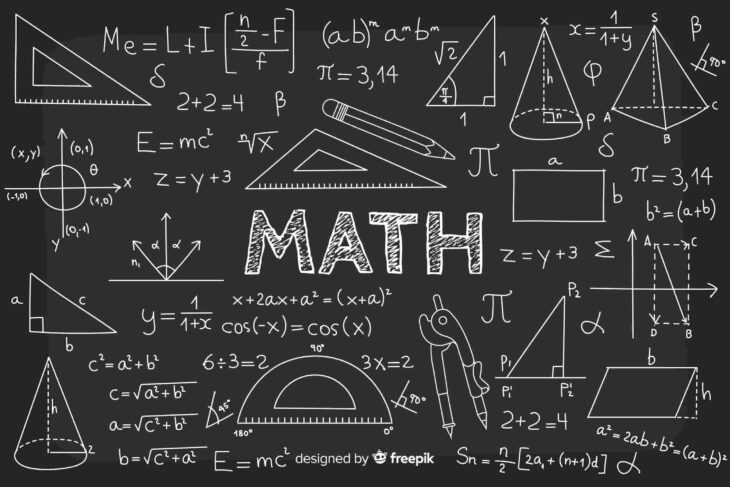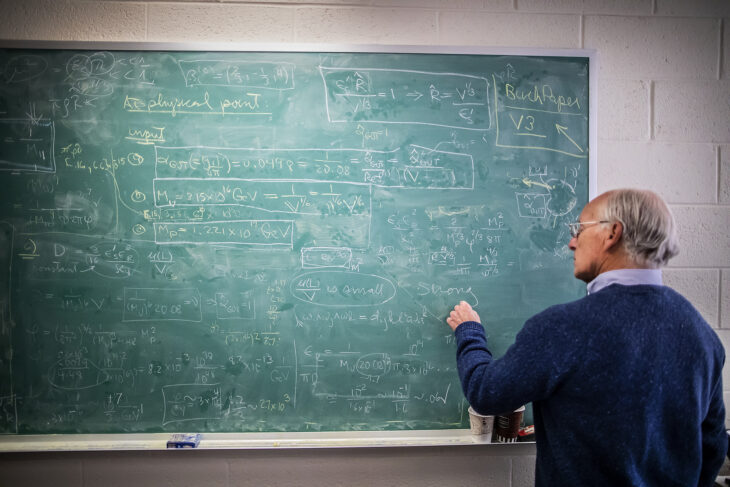Multiplication is one of the four basic arithmetic operations in Maths, i.e., addition, subtraction, multiplication and division. We can define multiplication in different ways:
- Multiplication is the repeated addition of a number or the repeated addition of objects of equal sizes.
- Multiplication is the process of adding a number to itself repeatedly a specific number of times.
- Multiplication is the method of computing the total of one number multiplied by another.
- Multiplication is the mathematical method of finding the product of two or more numbers.
When we multiply two numbers, the resultant number is the product of these two numbers.
How to Multiply Numbers?
As explained above, the multiplication of whole numbers is treated as repeated addition, which means the multiplication of two numbers is the same as adding as many times of one of them as the multiplicand, as the quantity of the other one, the multiplier. Let’s understand multiplication and the properties of multiplication in detail with examples.
Suppose 2 is multiplied by 5, where 2 is the multiplier, and 5 is the multiplicand, it can be written as 2 × 5, and it reads as “2 times 5”. The numbers involved in the multiplication process are called factors.
Thus, 2 × 5 = 10
Or
2 × 5 = 2 + 2 + 2 + 2 + 2 (adding 2 for 5 times) = 10
Here, 10 is the product of 2 and 5.
Notation of Multiplication
We often denote the multiplication using different symbols, such as:
Cross symbol (×)
The midline dot operator (⋅)
On computers, by an asterisk (*)
In mathematical representation, to avoid confusion between the multiplication sign × and the standard variable x, we can use dot signs to denote the multiplication, usually a middle-position dot and rarely a period sign. For instance, 2⋅5 or 2.5
Mathematical Properties of Multiplying Numbers
Commutative Property – Changing the order of numbers in multiplication (i.e., factors) will not affect the final product (result) of the multiplication.
Associative Property – Change in the grouping of numbers in the multiplication of more than two numbers will not affect the final result.
Identity Property – When we multiply a number by 1, we get the same number.
Also, the product of a number and its reciprocal is equal to 1, which is called the multiplicative identity. For example, the product of 5 and 1/5 is 1. Here, 5 is the number, 1/5 is its multiplicative inverse or reciprocal, and 1 is the product of these numbers (multiplicative identity = 1).
Multiplication can be performed for various numbers, such as natural numbers, whole numbers, integers, rational numbers, irrational numbers, complex numbers, etc. Multiplication is one of the main tools that every student should learn in primary school. Multiplication helps them to write Maths tables or multiplication tables and solve problems in different areas of Mathematics, such as algebra, geometry, calculus, etc. Multiplication is not limited to small numbers, we can multiply large numbers, but it requires the knowledge of multiplication tables. Thus, basic multiplication will help in building multiplication tables, which in turn, will help in finding the product of large numbers.













You must be logged in to post a comment.